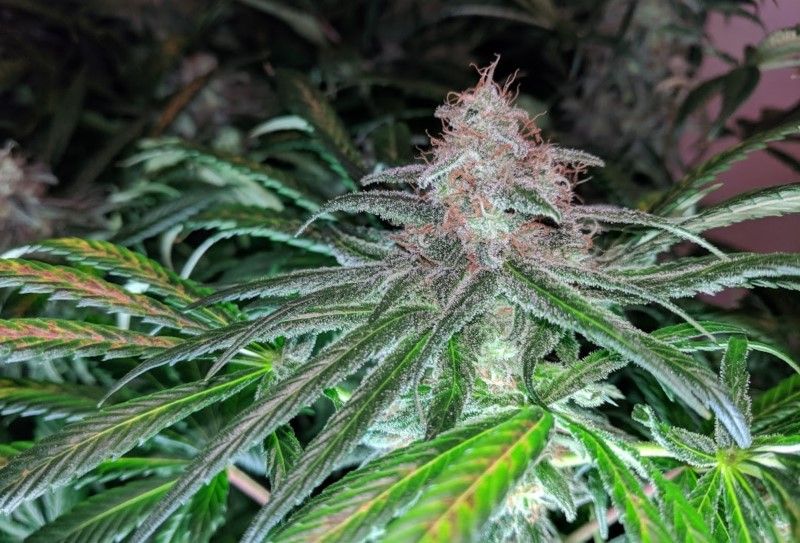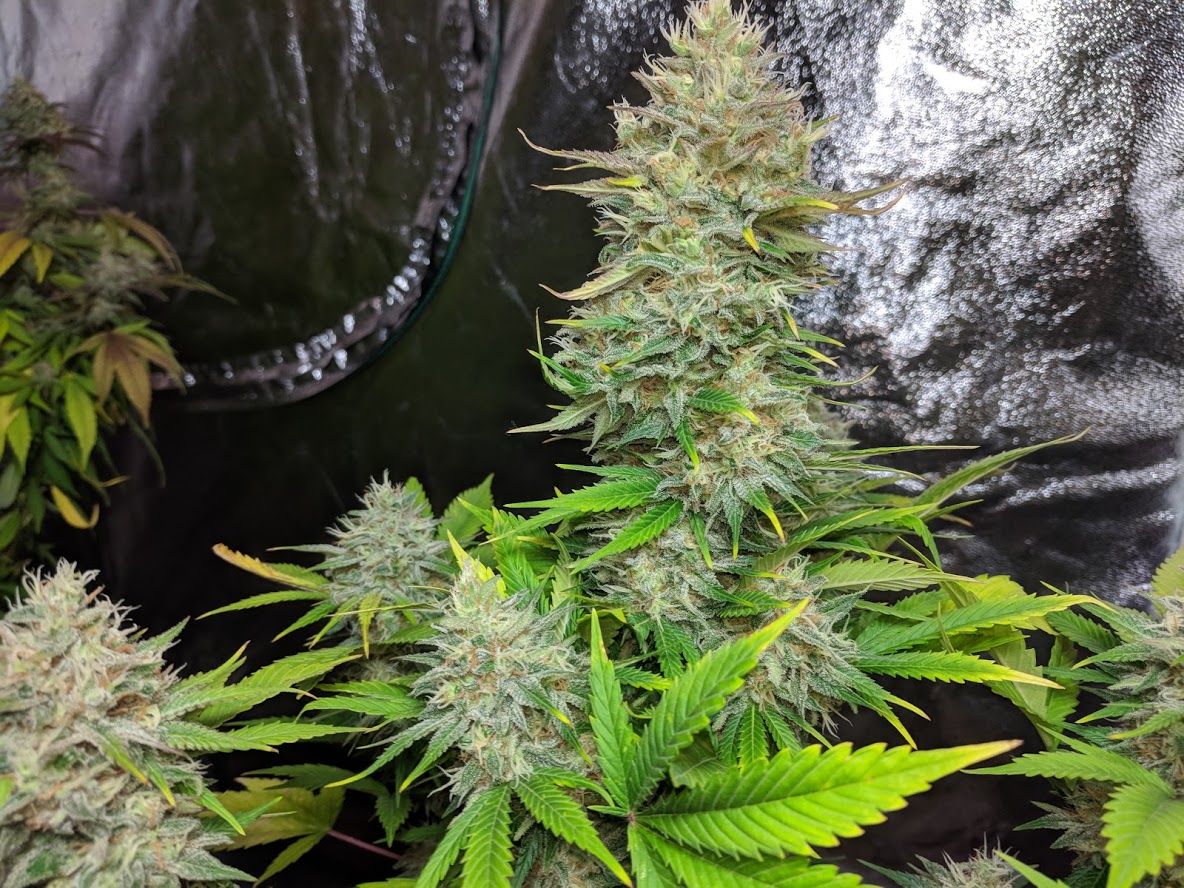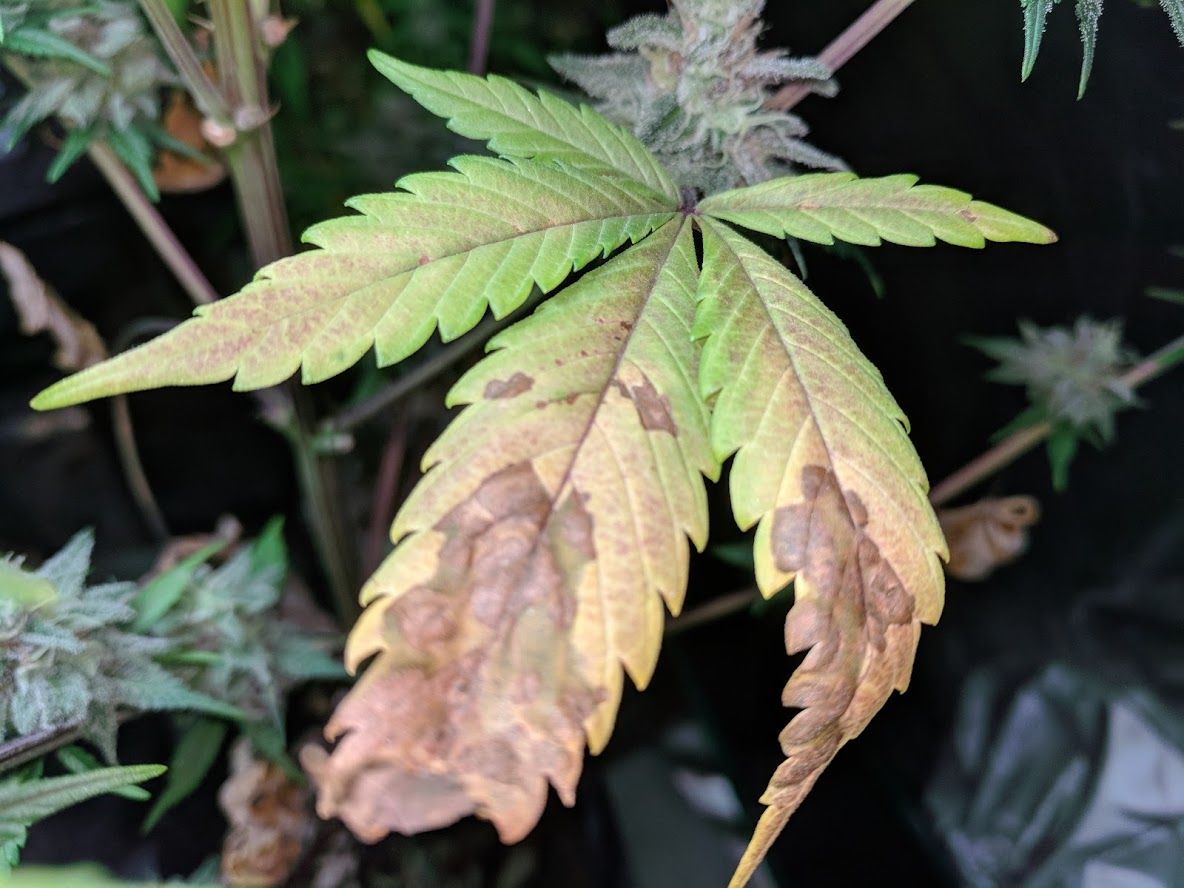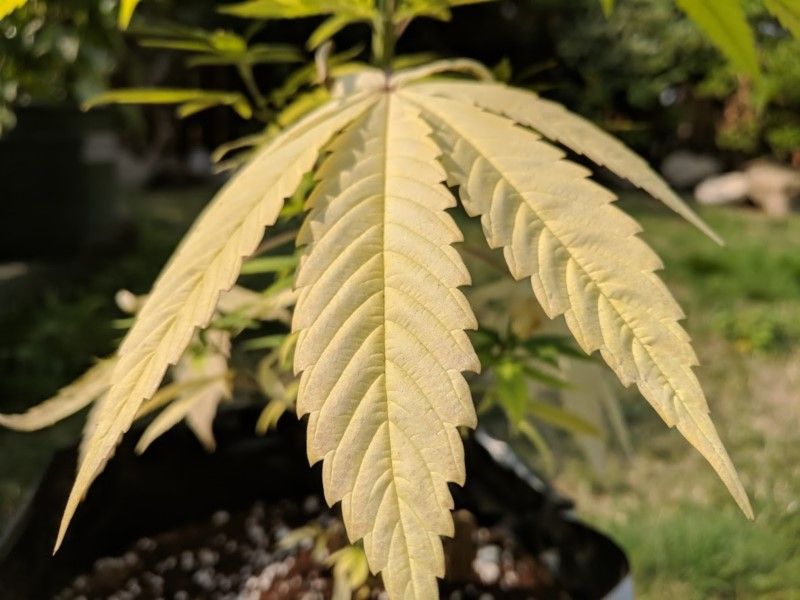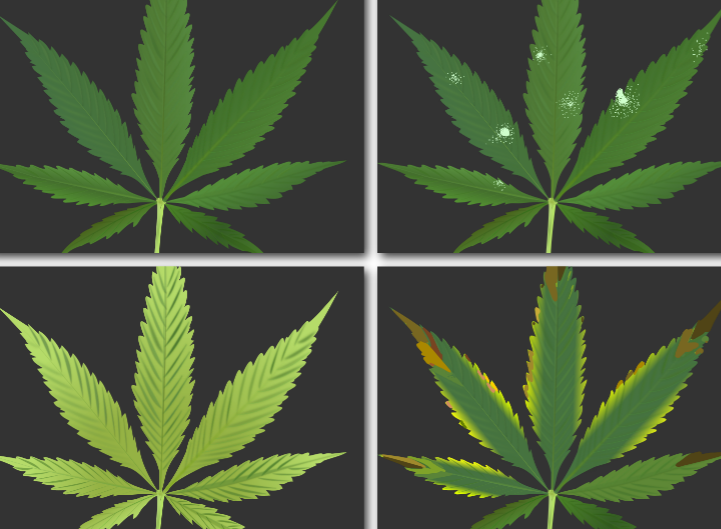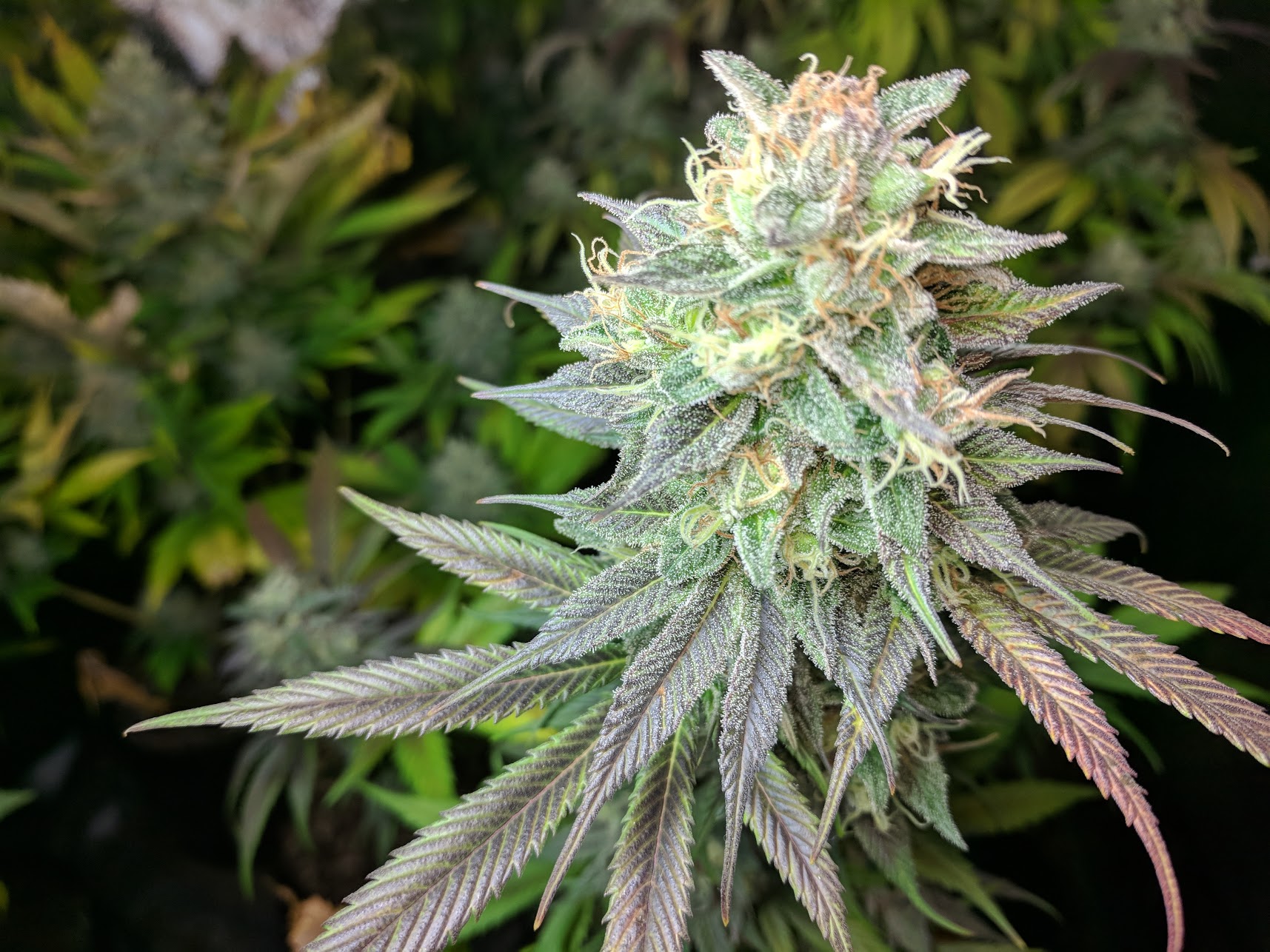Cannabis is like most plants and needs ample nitrogen during vegetative growth. Nitrogen is a basic component in chlorophyll, so its required for photosynthesis that powers plant growth. As if energy production wasn’t important enough to plant growth, plant proteins (including DNA and RNA) also require nitrogen.
There are a few simple rules to make sure your plant gets the right amount of nitrogen:
- Nitrogen needs to be available in the growing medium in a form that cannabis can consume
- The plant’s roots need to be healthy enough to uptake available nitrogen
- The pH near the roots needs to be in the right range for cannabis to uptake
Nitrogen is extremely important during vegetative growth, but marijuana plants need much less during flowering. Excessive nitrogen can inhibit flower production, so most cannabis feeding schedules reduce nitrogen during the flowering phase. As a result, many cannabis plants appear nitrogen deficient during the end of the flowering phase. This is normal and not generally a problem, though you should still check to make sure it isn’t being caused by pH problems.

How do I diagnose nitrogen deficiency in cannabis?
The easiest way to tell if your plant has healthy levels of nitrogen is to look at the fan leaves:
Normal Nitrogen Levels
Low Nitrogen Levels
Depleted Nitrogen Levels
Why do cannabis leaves turn yellow?
Cannabis leaves in healthy vegetative growth have green leaves due to high levels of green chlorophyll, which is used in photosynthesis to generate energy for the plant’s growth. If there isn’t enough nitrogen, the plant struggles to create enough chlorophyll. To optimize resources, pot plants will reroute nitrogen from older leaves at the bottom in favor of supplying the growth tips.

Is there nitrogen in the medium?
The easiest way to get nitrogen into the growing medium at the correct level is to use a balanced nutrients set. Using fertilizers and nutrients put all the required elements into the growing medium.
Are the plant’s roots healthy?
Root health is critical for the uptake of water and nutrients. If a plant is too big for its container, the plant can become root-bound. When this happens, the roots grow inward and can strangle themselves, slowing the plants nutrient uptake. Other root issues, like root-rot, will also impact the plants nutrient uptake.
Is the pH Balanced?
PH is short for ‘potential Hydrogen’ but is most often used to describe the acidity or alkalinity of a substance. This is important when growing cannabis because nutrients are not available for uptake by the plant outside fairly narrow pH ranges. Cannabis plants in soil do best between 6 and 7 while cannabis plants in coco or other soilless mediums do best between 5.5 and 6.5.
If the pH is too high or too low, then the nutrients aren’t available for the plant to uptake. This is called nutrient lockout because no matter how many nutrients you provide, the plant still can’t use them. This is a very common problem for farmers and the best way to combat it is to test the pH at every watering.

How do I correct nitrogen deficiency?
In most cases, you don’t need to worry about a few leaves on the bottom going yellow during vegetative growth. In flowering, it is very common for many leaves to turn yellow. lowering nitrogen during flowering growth.
If your plant’s roots are healthy and you’re using a balanced nutrient solution, you should check the pH of the soil. In most cases, balancing the pH and performing a feeding should prevent further yellowing.
How do I check the pH?
There are two methods for checking the pH at the plant’s roots. The most common method is to water the plant until there is a runoff and then check the pH of the runoff water using a hand-held pH meter. If the pH that comes out is higher or lower than what you put in, then you know that it is unbalanced.
The second method uses a soil pH meter. These unit have probes that allow them to test the soil near the roots after a watering.
How do I balance the pH?
To balance the pH, flush with water until the runoff is in an acceptable range. After the pH near the roots is at the right level, follow up with a hearty dose of nutrients and the problem should be solved.
To correct a deficiency, aim for a pH of around 7 in soil, or 6.5 in coco, to get the most nitrogen uptake. If you notice the yellowing continuing, you likely have a root condition. If the pot is too small, transplant into a larger container.
